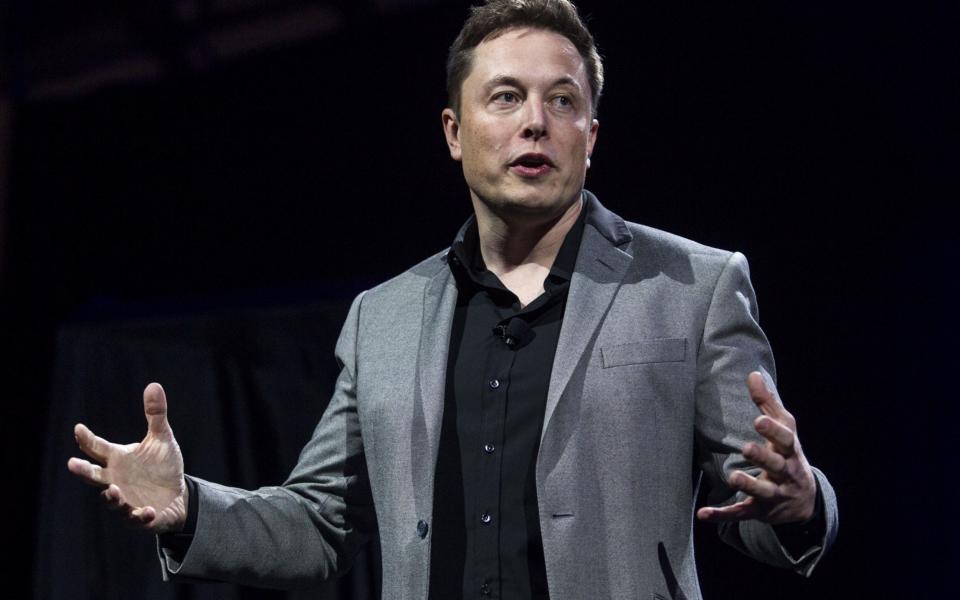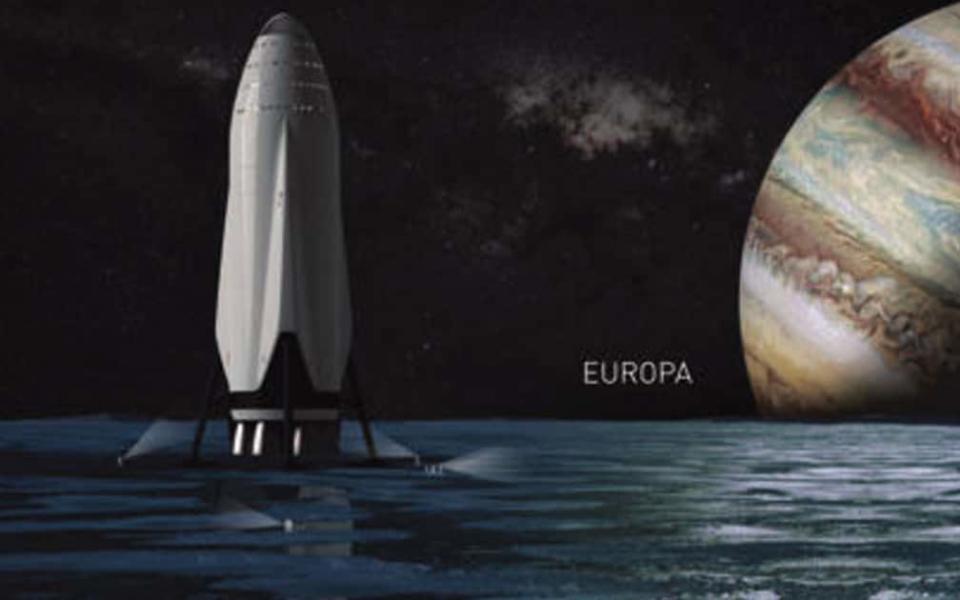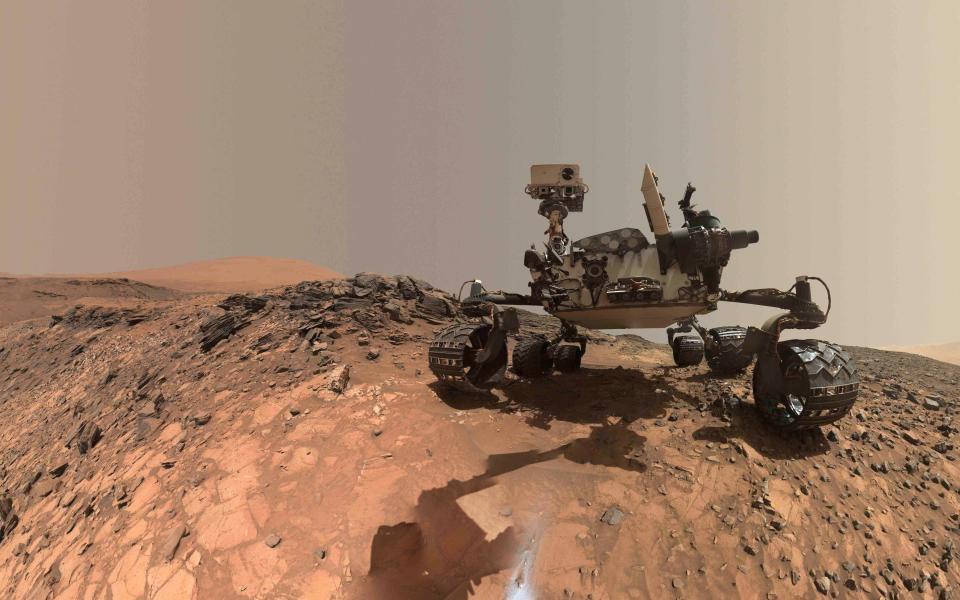Elon Musk: We'll create a city on Mars with a million inhabitants

A city on Mars with a million inhabitants could be achievable within 50 years, the space entrepreneur Elon Musk has forecast, as he laid out plans to turn mankind into a multi-planetary species.
The SpaceX founder warned that humans would need to venture away from Earth to avoid a ‘Doomsday event’ and our ‘eventual extinction.’
But he said that a huge Martian city could be established this century, which would not just be an outpost, but a fully functioning society with ‘iron foundries and pizza joints.’
Musk is already planning the first manned flight to Mars in 2023 and has said he wants to die on Mars, although he has stipulated ‘not on impact.’
Under new plans released in the journal New Space, the billionaire said he hoped to build a ‘Mars Colonial Fleet’ of more than one thousand cargo ships which would depart ‘en masse’ could transport 200 passengers at a time, along with materials to build homes, industrial plants and shops.

He estimated that the first colonists could begin setting out in a decade, and said it would take between 40 and 100 years to ship enough people over to Mars to populate a city.
“I think there are really two fundamental paths. One path is we stay on Earth forever, and then there will be some eventual extinction. The alternative is to become a space-bearing civilisation and a multi-planetary species,” he said.
“The threshold for a self-sustaining city on Mars or a civilization would be a million people. If you can only go every two years and if you have 100 people per ship, that is 10,000 trips.
“Therefore, at least 100 people per trip is the right order of magnitude, and we may end up expanding the crew section and ultimately taking more like 200 or more people per flight in order to reduce the cost per person.”

Describing the journey, he added: “It has got to be really fun and exciting. It cannot feel cramped and boring. Therefore the crew compartment or the occupant compartment is set up so that you can do zero-gravity games. You can float around.
“There will be movies, lecture halls, cabins and a restaurant. It will be really fun to go. You are going to have a great time.”
Nasa has also said it is planning to establish a Mars colony by the 2030s although plans to establish a base on the Moon first and to create ‘deep-space habitation facilities’ which will act as stepping stones to the Red Planet.
Probes and robotic rovers like Curiosity have already been on or around Mars for 40 years. The Mars One project, set up by a nonprofit organization based in the Netherlands has proposed to land the first humans on Mars and establish a permanent human colony there by 2027.

Musk said that Mars is a far better option than the Moon to start a new city because it has a day which is just 30 minutes longer than Earth, ‘decent sunlight’ and a ‘very helpful’ atmosphere which when slightly compressed, can support plant life.
He added: “It would be quite fun to be on mars because you would have gravity that is about 37 per cent of that of Earth, so you would be able to lift heavy things and bound around.”
Although the current cost of sending a person to Mars is around $10 billion, Musk calculates that by fuelling cargo ships in space using tankers travelling from the Earth, the cost could be brought down to around $100,000 per person. He envisages building methane plants on Mars which could fuel rockets for the trip back to Earth, a journey which he estimates will take as little as 30 days in the future.
“It would be pretty absurd to try and build a city on Mars if your spaceships just stayed on mars and did not go back to Earth,” he said. “You would have a massive graveyard of ships. You want to build a propellant plant and send the ships back.”

Musk, who is thought to be worth around $13 billion, said he was gathering wealth to pay for the ambitious project.
“The main reason I am personally accumulating assets is in order to fund this,” he said.
“I really do not have any other motivation for personally accumulating assets except to be able to make the biggest contribution I can to making life multi-planetary.
“In 2002, SpaceX basically consisted of carpet and a mariachi band. That was it. I thought we had maybe a 10 per cent chance of doing anything—of even getting a rocket to orbit, let alone getting beyond that and taking Mars seriously.”
The new giant Mars Vehicle rocket will have more than three times the lift-off thrust as the Saturn V rockets used in the Apollo mission and will be able to carry three times the payload.
SpaceX also plans to use new rockets to transport cargo around the world, estimating that it will take just 10 minutes to transport goods from New York to Tokyo.

 Yahoo News
Yahoo News 
